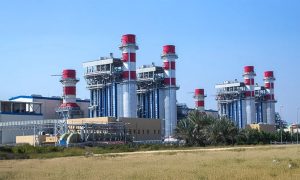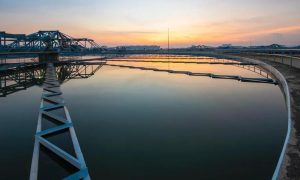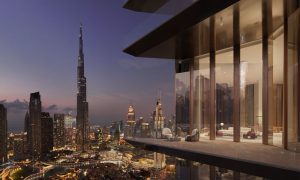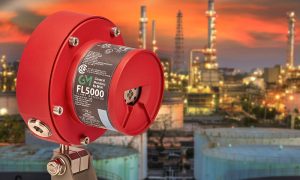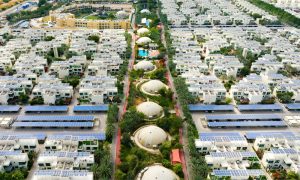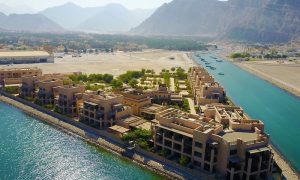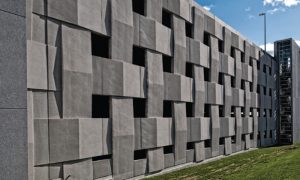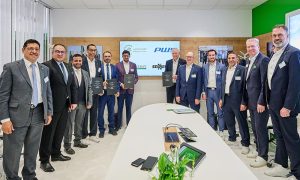Will technology help us live underground?
A 40°C Dubai summer is a far cry from the minus 30°C winter of Toronto. However, both make it equally difficult for citizens and businesses to continue their normal day-to-day activities. There may be a common solution to allow business as usual.
Toronto’s PATH network comprises 30km of tunnels that allow pedestrians to walk in comfort between metro stations, malls and offices. As Toronto’s skyline surges, the subterranean city is growing with it.
Such underground environments can deliver environmental and financial benefits to a city. Linking transportation hubs such as metro stations directly to adjacent residences and commercial assets would make public transport more competitive with the end to end mobility offering of the car, thus reducing the associated congestion and emissions. The car is unlikely to disappear any time soon with rapid advances in electric, connected and driverless vehicles. I believe that the adoption of the latter will predominantly lead to people using their extra time in the day to further their entertainment or productivity via mobile devices, essentially doing anything except simply look out the window. Perhaps the future of roads is also underground?
Decoupling the weather from street activity would allow a city to function all year. Dubai and Toronto suffer economically from slow retail sales in summer and truck deliveries in winter respectively due to extreme weather. Dubai has an underground service tunnel running the length of its financial district, however the construction of the pedestrian area above is on hold. If Toronto needs to take a leaf out of Dubai’s book on logistics, conversely Dubai would benefit from Toronto’s thinking on walkability.
Walkability is something that PATH actually needs to improve. Users complain of poor wayfinding and critics argue that keeping people below ground detracts from the street level activity above; what long time Toronto resident Jane Jacobs would refer to as “the ballet of the good city sidewalk”.
There are a plethora of virtual reality technologies, from smartphone apps, Google Glass to stereoscopic displays, which can provide compelling wayfinding options. Furthermore a data driven solution utilising sensors or live video footage could dynamically link underground users to points of reference and activity above ground and vice versa.
Personally I think that the lack of natural light and a visible horizon are prohibiting factors, presumably shared by the British public who would rather live in floating cities than those underground. Banishing the feeling of claustrophobia will be key to changing this viewpoint. Immersion (scale) and stereoscopy (depth perception) can be addressed by the latest display technology, often it is the content displayed on these screens that lets them down. Rather than repetitive looping footage, at LAX the departure boards channel real time data visualisations from destinations as planes take off.
Lack of fresh air and greenery are other potential drawbacks. Creative architects and designers such as Daan Roosegaard are increasingly exploring how technology can link humans, nature and space. His Smog Free Project ionises air and would likely render an underground walkway complex cleaner than the city above. His hypnotic Lotus Project, comprising hundreds of ‘smart’ leaves that interact with human proximity, arguably displays more ‘natural’ beauty than anything likely to be found on a crowded street.
Ultimately these underground spaces, as with any city investment will require a solid business case that will hinge on attracting users and subsequent revenue. The reduced cost base that underground land provides is a good foundation for this business case. As for attracting users, technology can play a key part in ensuring such spaces compliment and augment the street level above and are comfortable, convenient and appealing to citizens.
David Sammons is project manager and ICT engineer at Atkins Middle East.








